Biological H₂S Treatment: Pros and Cons
Biological H₂S Treatment: Pros and Cons
Treating hydrogen sulfide (H₂S) in your wastewater collections system is the best way to keep your infrastructure and community safe from negative side effects. One method of completing this treatment is by using biological products. But how does biological treatment work, and what are the pros and cons of using it?
At State Chemical, we manufacture and distribute chemical solutions for various applications, including wastewater treatment. When deciding on a treatment plan, you want to choose the most fitting option for your facility’s needs, but it’s not always easy to know what that may be.
To help you determine whether biological products will help you reduce your H₂S levels, we will explain biological treatment, its pros and cons, and alternative options. After reading, you’ll know whether biological treatment is right for you—and if it’s not, you’ll know which option to explore instead.
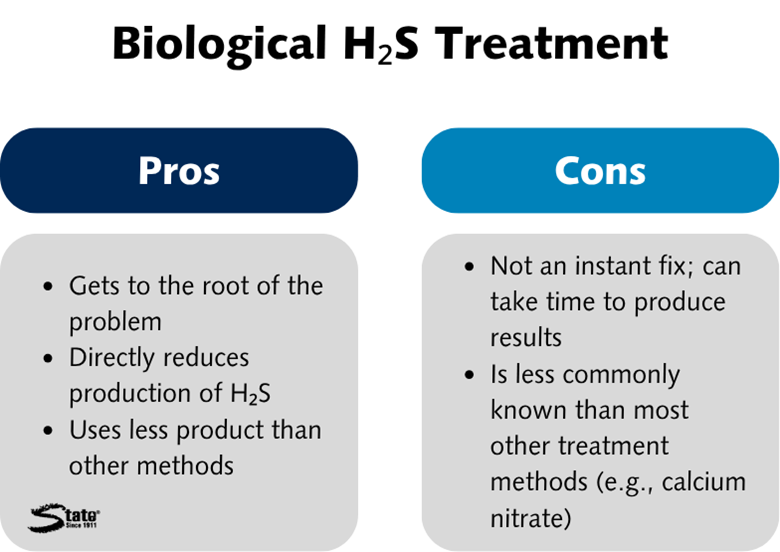
What is Biological H₂S Treatment?
Biological H₂S treatment involves using a bacterial product to reduce H₂S levels in your collection system.
In this method, “good” bacteria are released into your lines to outcompete sulfate-reducing bacteria (SRB), which are the “bad” bacteria that produce H₂S. This way, they starve out “bad” bacteria, meaning less H₂S will be present.
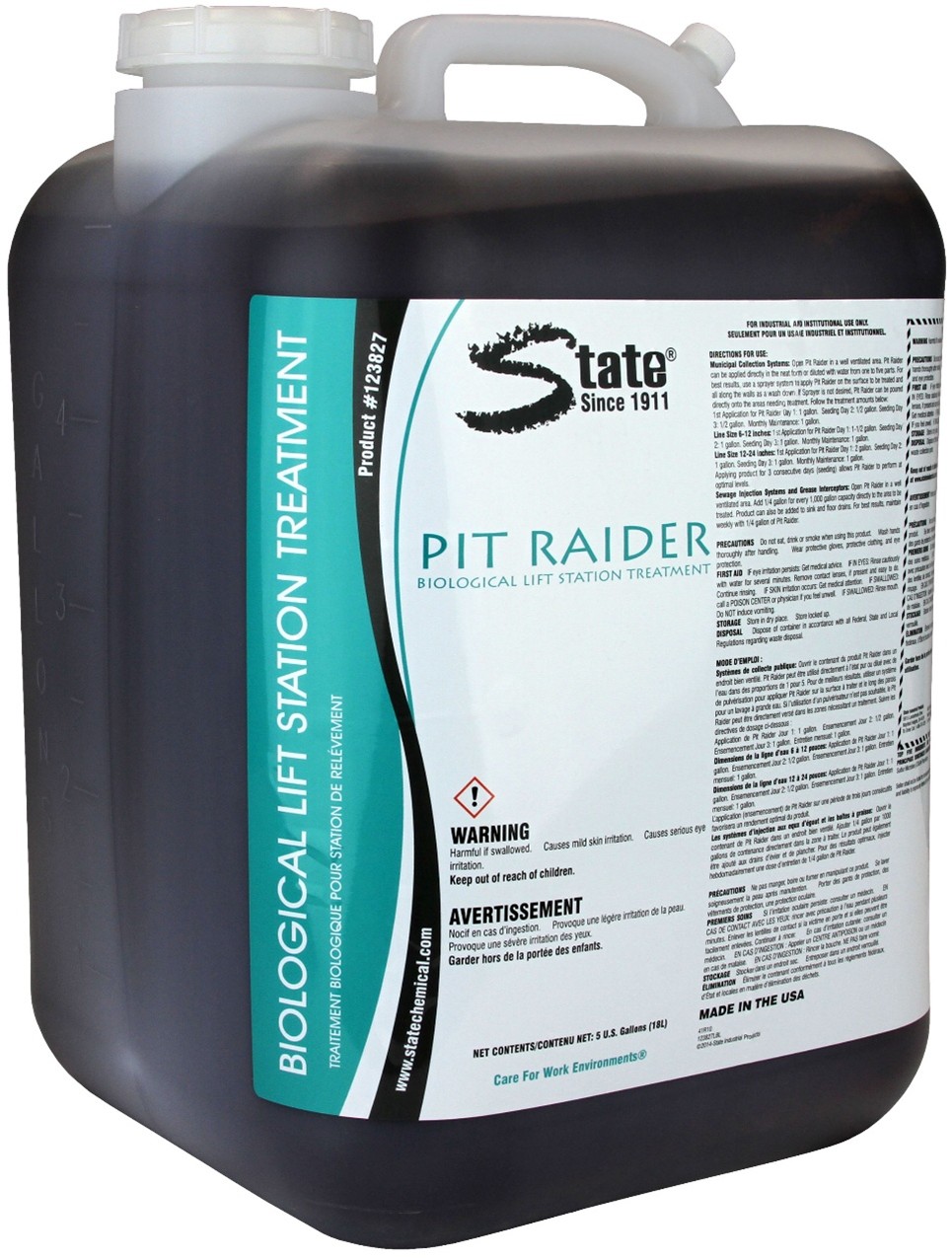
While lesser known, biological H₂S treatment is a proven method for reducing H₂S levels. That said, like any product, it has pros and cons.
Pro: Biological H₂S Treatment Gets to the Root of the Problem
More than anything, biological products are beneficial because they treat problems at their root. As previously explained, biological products introduce “good” bacteria to outcompete the SRB, eventually starving out the SRB. This method directly targets the bacteria causing this buildup, reducing H₂S levels at the source and ensuring a long-term solution.
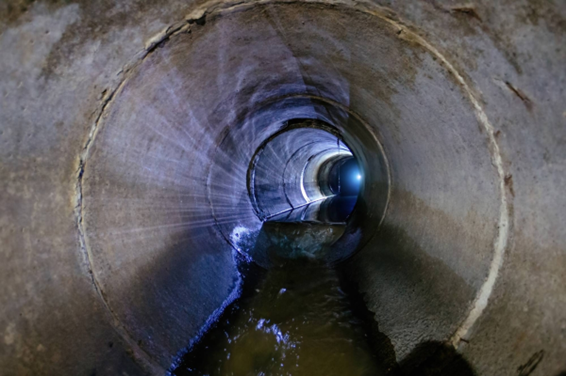
Even if you were to stop feeding “good” bacteria into your collection system, the already-present “good” bacteria would continue reproducing and building their colony. Of course, continuing biological treatment is necessary to continue effectively reducing H₂S, but these bacteria are a more efficient and natural way to introduce an H₂S solution to a collection system.
Plus, by directly reducing SRB levels, biologicals address the core issue: H₂S. Meanwhile, other treatment methods, while still effective, pause H₂S production rather than reducing the bacteria that produce H₂S in the first place.
In other words, where some other treatment methods may treat the sneeze, biological methods treat the cold.
Con: Bacterial H₂S Treatment Does Not Stop H₂S Production
The downside to this is that biological methods do not fully stop H₂S production. No method can completely curb H₂S in your collection system because waste will always be present. Unfortunately, when waste is present, it decays, and this decay interacting with water creates H₂S.
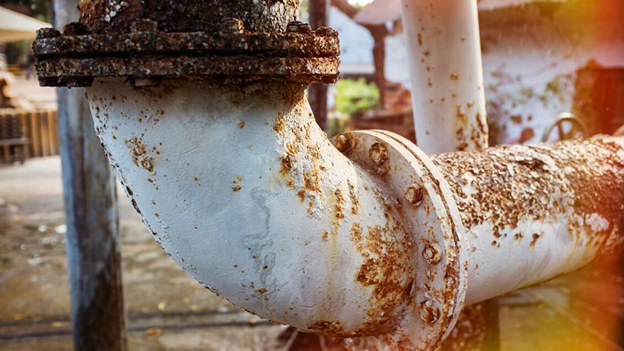
This is why H₂S treatment is needed in the first place, and this process cannot be completely stopped. However, some users further prefer other methods since biological treatment also does not halt H₂S production.
Treatment methods such as calcium nitrate directly stop H₂S from being produced by all “bad” bacteria the product encounters. This still won’t completely stop any H₂S from slipping through, but for facilities that would prefer to stop H₂S production, calcium nitrate can be equally effective to biologicals with the right dosage.
Pro: Biological H₂S Treatment Starves Out H₂S-Producing Bacteria
On the flip side, many facilities prefer biological treatment since it reduces the SRB that produce H₂S.
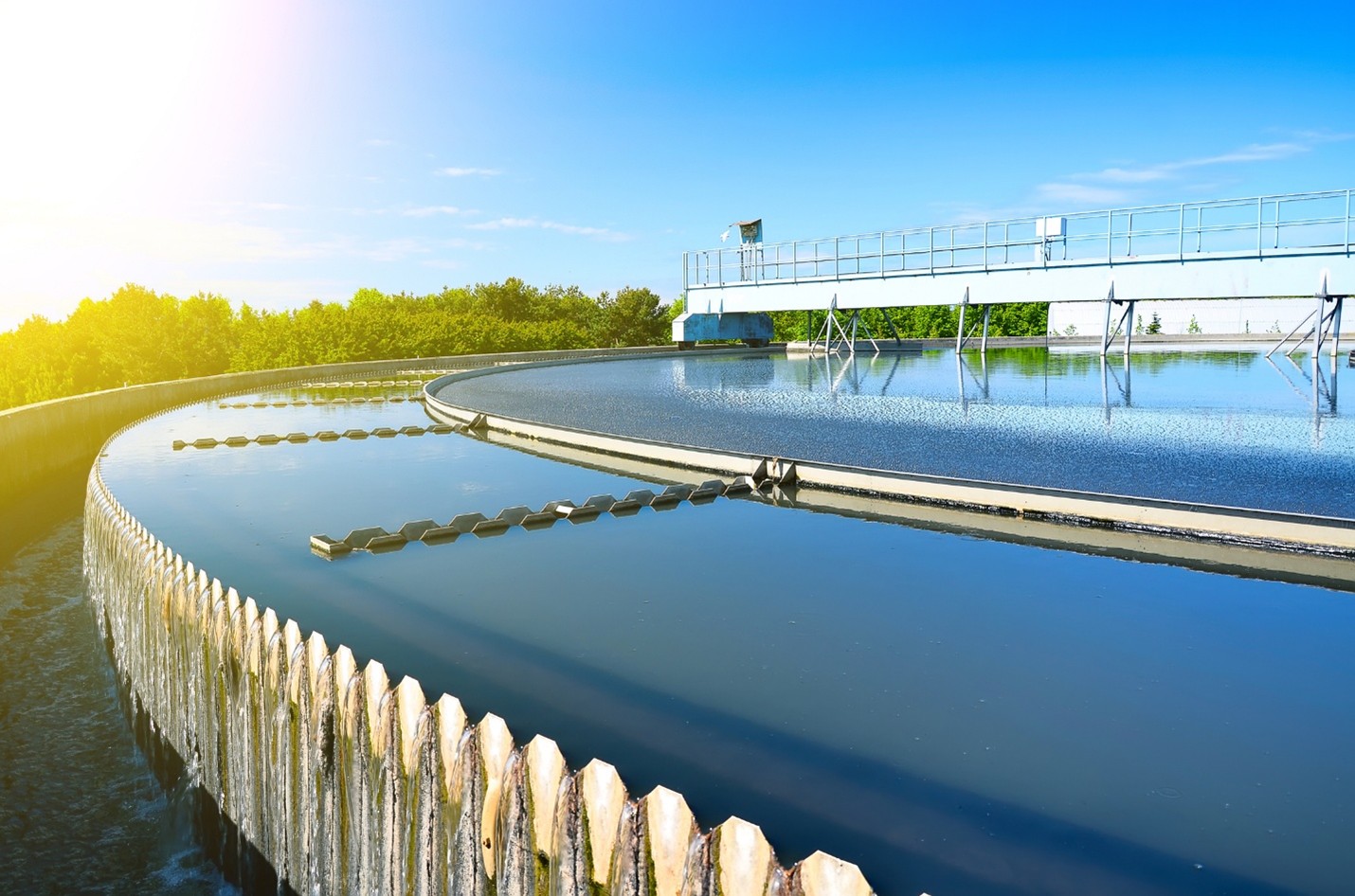
Say that your collection system already has high H₂S levels. While calcium nitrate could effectively reduce these levels by lessening production, biologicals could starve out the SRB so that there’s no possibility of production.
Some facilities prefer this as a more holistic approach to H₂S. After all, an equally preventative and reactive approach attacks the problem from both sides whereas methods like calcium nitrate has a higher risk of H₂S slipping through over time.
Con: Bacterial H₂S Treatment is Less Common
Very few companies offer biological H₂S treatment, and as a result, it’s much lesser known than treatments like calcium nitrate. This makes some facilities understandably unsure about biological products.
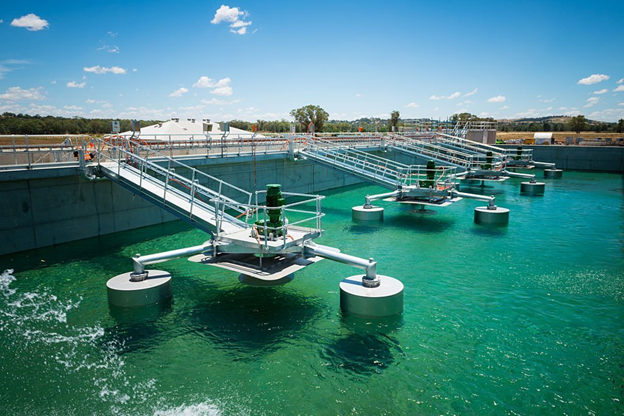
If you’re looking for a more standard treatment method, go for calcium nitrate—better known but similarly effective. However, biological H₂S treatment is also proven effective for treating H₂S, so if you’re willing to try something new, you may find that you prefer it.
Pro: Biological H₂S Treatment Uses Less Product than Other Methods
Another main benefit of biological treatment is that it requires less product usage than methods like calcium nitrate treatment. This lower product usage with biologicals is usually a cost savings over time.

With calcium nitrate, a large volume of product is needed to keep H₂S under control. Without enough calcium nitrate to come into contact with SRB, the unaffected SRB will continue to produce H₂S. To get the calcium nitrate to interact with the majority of these bacteria, you’ll need a lot of it.
Meanwhile, biological methods introduce bacteria in a way that allows the bacteria to control their population size. So, if there’s a lot of H₂S in your collection system, the bacteria will rapidly accelerate their population to match the population of the SRB, therefore keeping up with the production rate of the H₂S.
This way, the bacteria will be just the right population size to get the H₂S under control. After the SRB is lowered, the H₂S will be under control, and the “good” bacteria will level out with the H₂S level, keeping everything at a stable rate.
Because of this process, with biologicals, a large amount of product won’t be necessary. Instead, you’ll need to regularly feed biologicals into your collection system to starve out the SRB, but once they’re under control, you may be able to reduce or stabilize your product usage instead of increasing dosage.
Over time, biologicals can save money, time, and product.
Calcium Nitrate: The Alternative to Biological Treatment
All this said, if biologicals don’t sound like the right solution for you, you have another option: calcium nitrate.
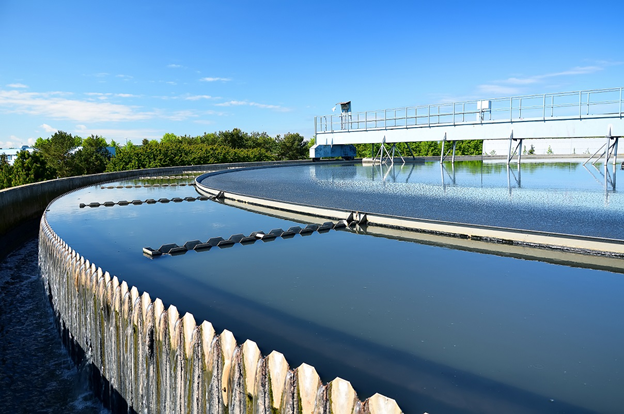
Calcium nitrate works by satiating H₂S-producing bacteria. As a result of this satiation, H₂S is no longer produced, making your collection system safer.
This is the most common way to treat H₂S, and it’s proven effective. If you choose to use calcium nitrate, you’ll need to use more product, and dosage may need to be increased over time. But if this is your preferred method of handling H₂S, it is an efficient and reliable strategy.
However, the most comprehensive way to reduce H₂S is by using biologicals and calcium nitrate in tandem. This way, SRB are starved out while at the same time, any SRB that manage to slip through are satiated so that H₂S production is reduced. A combination method attacks H₂S from both angles, keeping your facility as safe as possible.
Learn About How State Chemical’s Biological Solutions Can Reduce Your H₂S Levels
Using a method of H₂S reduction is the best way to protect your facility from any harmful consequences. Now that you know the pros and cons of using biological products to treat H₂S, watch the video below to learn about State Chemical’s Pit Raider as a biological solution to H₂S.








